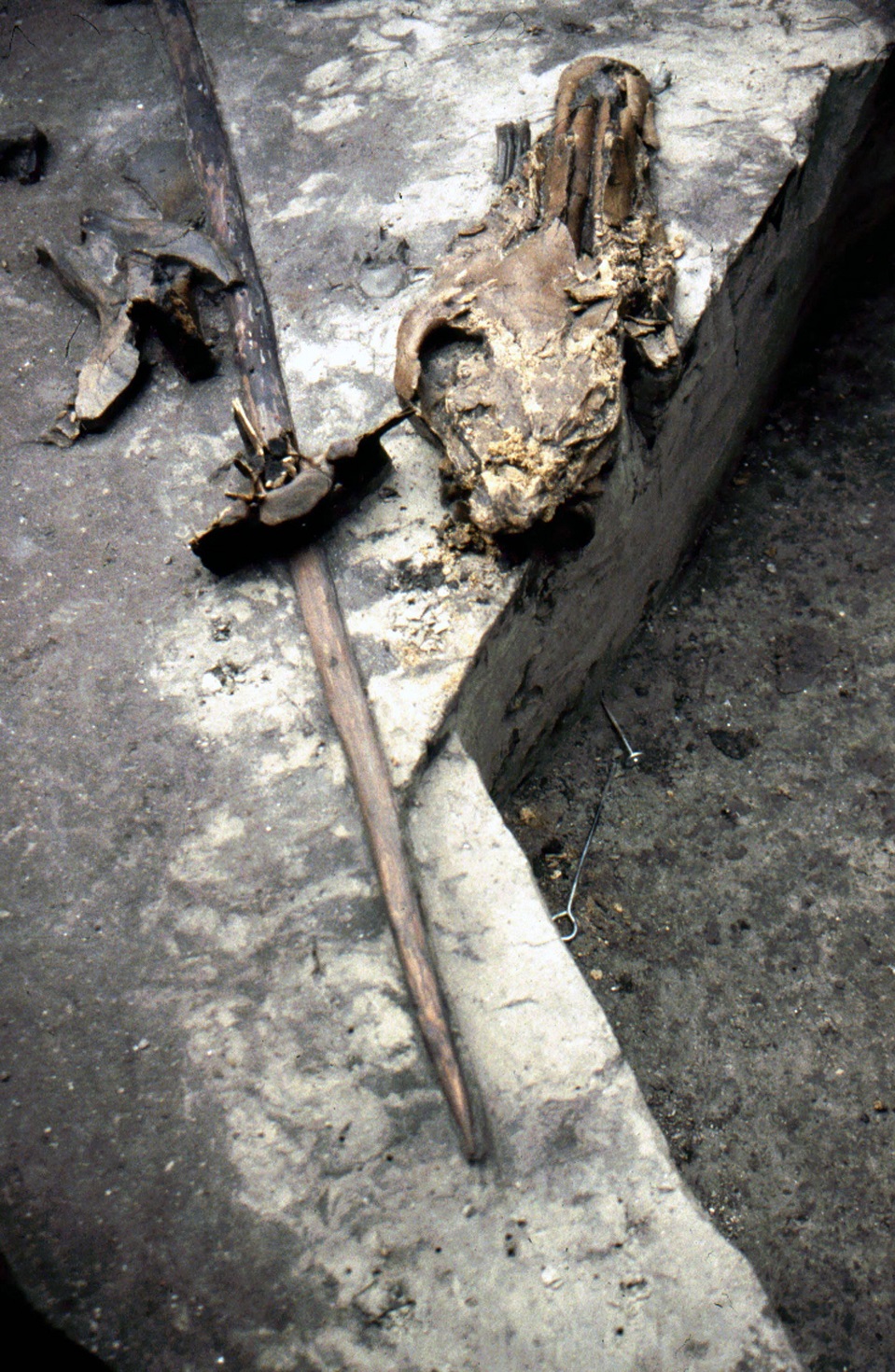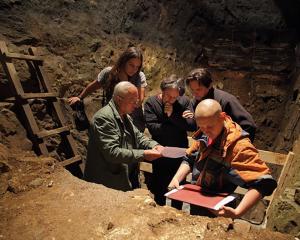
We are naturally adapted to a nice warm climate. We have seen that two million years ago, some groups of human ancestors known as Homo erectus, they who walked upright, migrated out of their African homeland to colonise the Old World, from Spain to China. Some encountered for the first time, the cold. So we meet two basic needs — clothing and fire.
Over countless generations both in Africa and beyond, they evolved. Their brains increased in size. They made more efficient stone tools and knew how to survive colder weather by sheltering and using fire. So they have been given a new name, after a site near Heidelberg in Germany, where a jawbone was discovered over a century ago.

Remarkably, some of their spruce-wood spears, up to 2.53m long have survived, together with the bones of their prey. The stone tools they used to butcher horses litter the ground to this day. Replicas of the spears have a range of up to 20m, and they were used alongside short stabbing spears. Successfully killing wild horses seems to have been carefully planned by slowing them down in the waters of the lake. In a reversal to their distant ancestors, the humans got to their prey first, for the cuts on the bones made by sharp stone knives were overlain by the tooth marks of wolves and sabre-toothed cats. The evidence from the 20 to 25 butchered horses, along with the skilfully fashioned spears, has opened a new image of our ancestors.
One horse would have provided for a community for quite some time. So we can begin to piece together what those remote ancestors were like. In order to plan a horse hunt, they must have had meaningful communication. Their hunt reveals forethought and planning, leaps ahead of the fortuitous scavenging of their forebears on the African savannahs. But where did they live? Humans simply are not adapted to the cold. The warmth of a fire is one way of surviving, as are shelters and clothing, and some huts have survived. At Prezletice in the Czech Republic, the stone foundations of a dwelling located next to a lakeshore have been found. Measuring 4m by 3m, it contained a fireplace to provide shelter during the cold winters. They must also have worn clothing, probably from animal skins and furs.
At Sima de los Huesos in Spain, the bones of 28 Heidelberg humans have been found in a maze of caverns, dating to about 430,000 years ago. Living in an environment of savannah and open woodland during a warm climate, two bones have provided vital DNA sequences that show beyond doubt they were ancestors of the next chapter in the history of humans, the Neanderthals.












